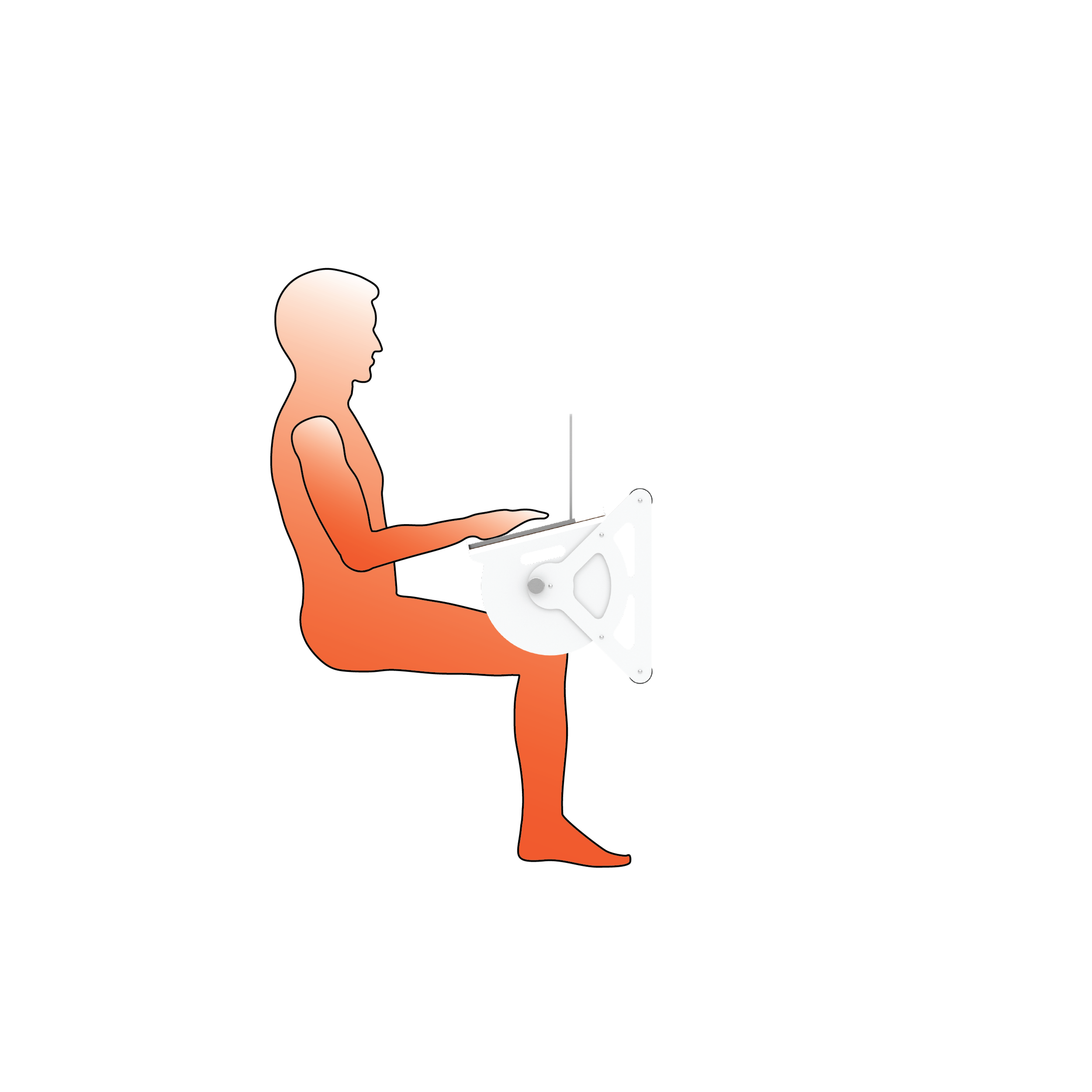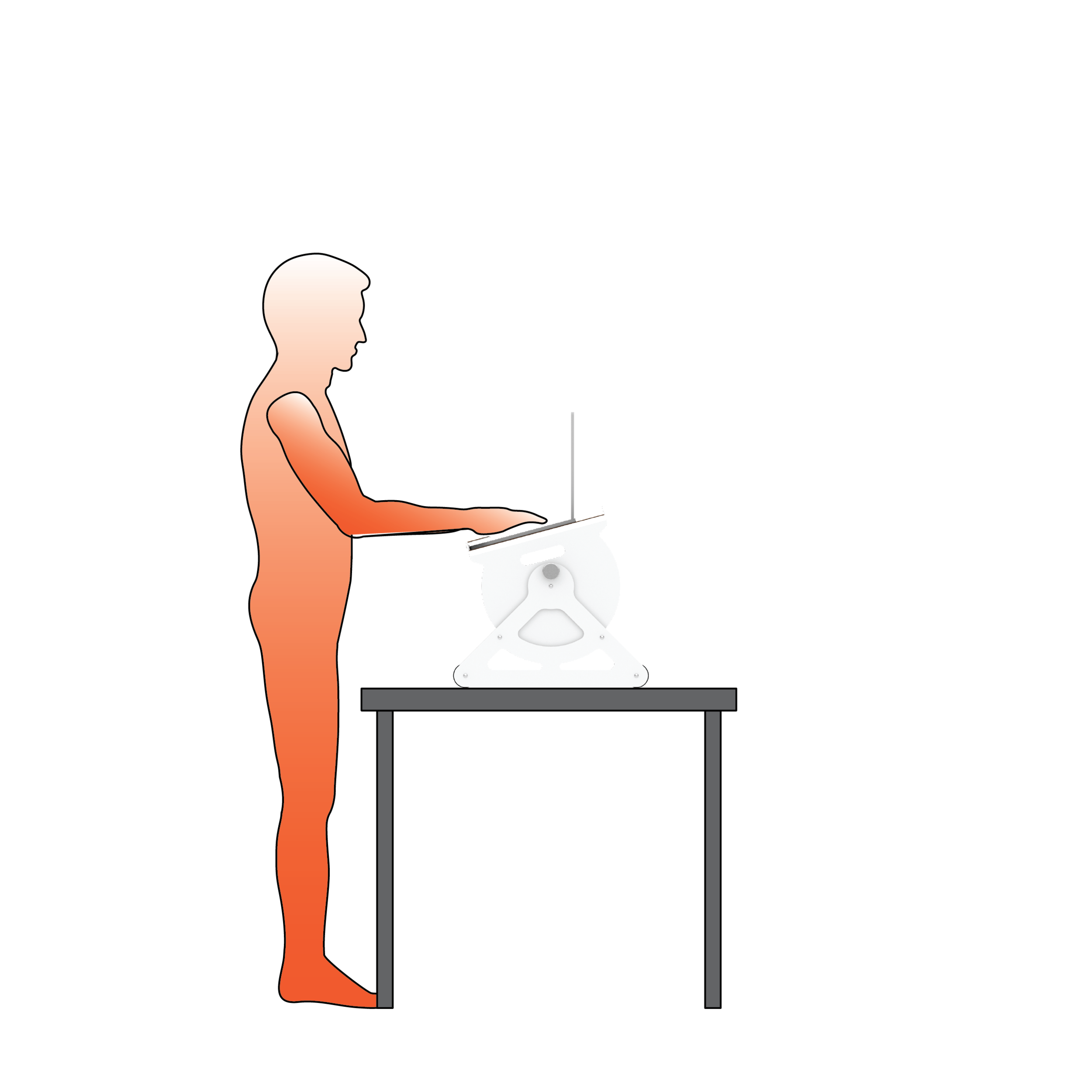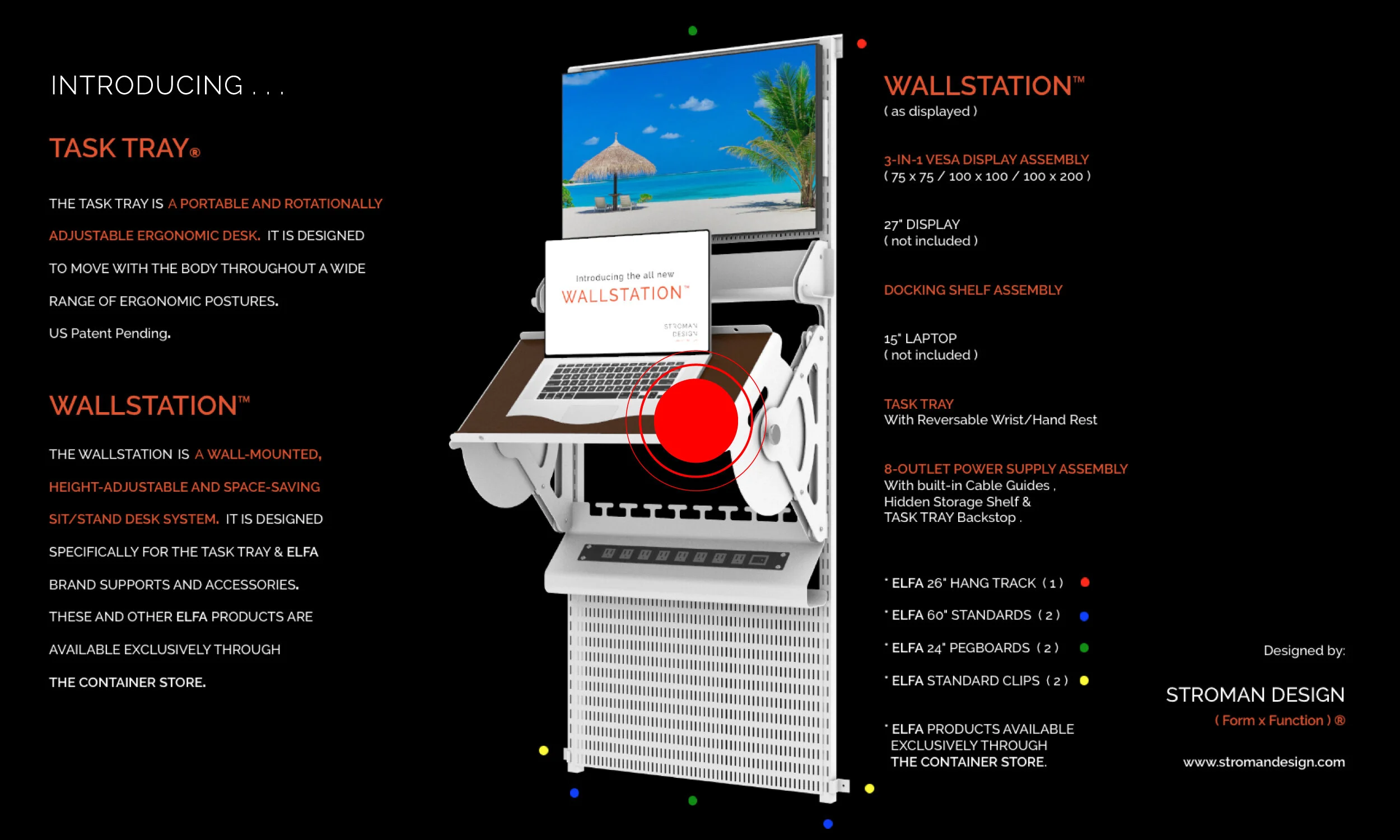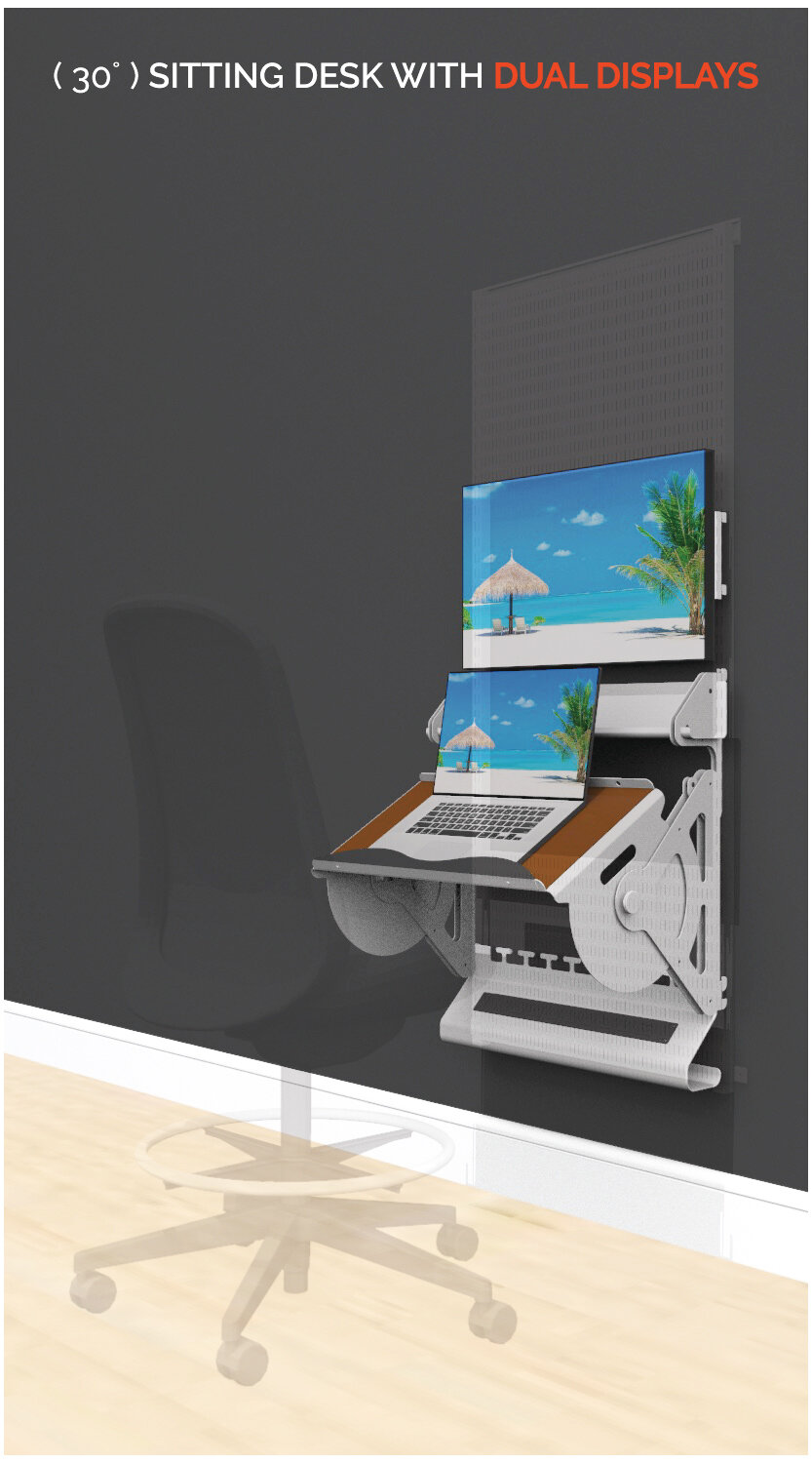looking for a new
position?
YOUR HEALTH & WELLBEING
DEPEND UPON IT.
Although portable laptops, tablets, and smart phones allow us the freedom to choose where and when we work, they require portable ergonomic solutions that prioritize and move with our bodies so that we can remain comfortable and productive.
Without these solutions, we put unnecessary strain on our bodies by working in unhealthy postures while also having to support our devices. This strain, over time, will eventually impact our quality of life by producing unwanted discomfort in our backs, necks, and arms.
Since the use of portable devices has now eclipsed the use of desktop computers, technology-dependent consumers, now more than ever, require portable ergonomic solutions to remain healthy and productive.
We design movement-oriented ergonomic solutions that support the widest range of healthy and task-effective sitting, standing, reclining, recumbent, and relaxed postures. In doing so, these solutions also enhance circulation and reduce stress by allowing each user the ability to transition between multiple user-preferred postures throughout their day. No other ergonomic solutions provide such a wide range of task-effective postures that enhance both comfort and movement.
Introducing the Task Tray® & Wallstation® - the world’s first patented, fully integrated, multi-functional, micro-footprint, portable, rotationally-adjustable, wall-mountable, height-adjustable, dual display (optional), and powered ergonomic desk / workstation / display surface / riser. These products evolved out of our award winning recumbent task seating Chotto® (chair + ottoman). The Chotto is an innovative seating design that prioritizes and positions the body in a less compressed recumbent posture that forces computer and/or laptop screen to ergonomically adapt to the user (for a change).
With a patented quick-release and self-locking mechanism, the surface of the Task Tray can be rotationally adjusted up to 150˚ on demand and remain aligned with the body throughout any standing, sitting, reclining, recumbent, or relaxed postures,
When placed on a desk top, the Task Tray also provides easy visual access for any portable devices or reference materials as a rotationally-adjustable display surface.
Most importantly, the Task Tray allows technology to adapt to you (for a change) and allows you to choose where, when, and how you want to work.
#keepmoving
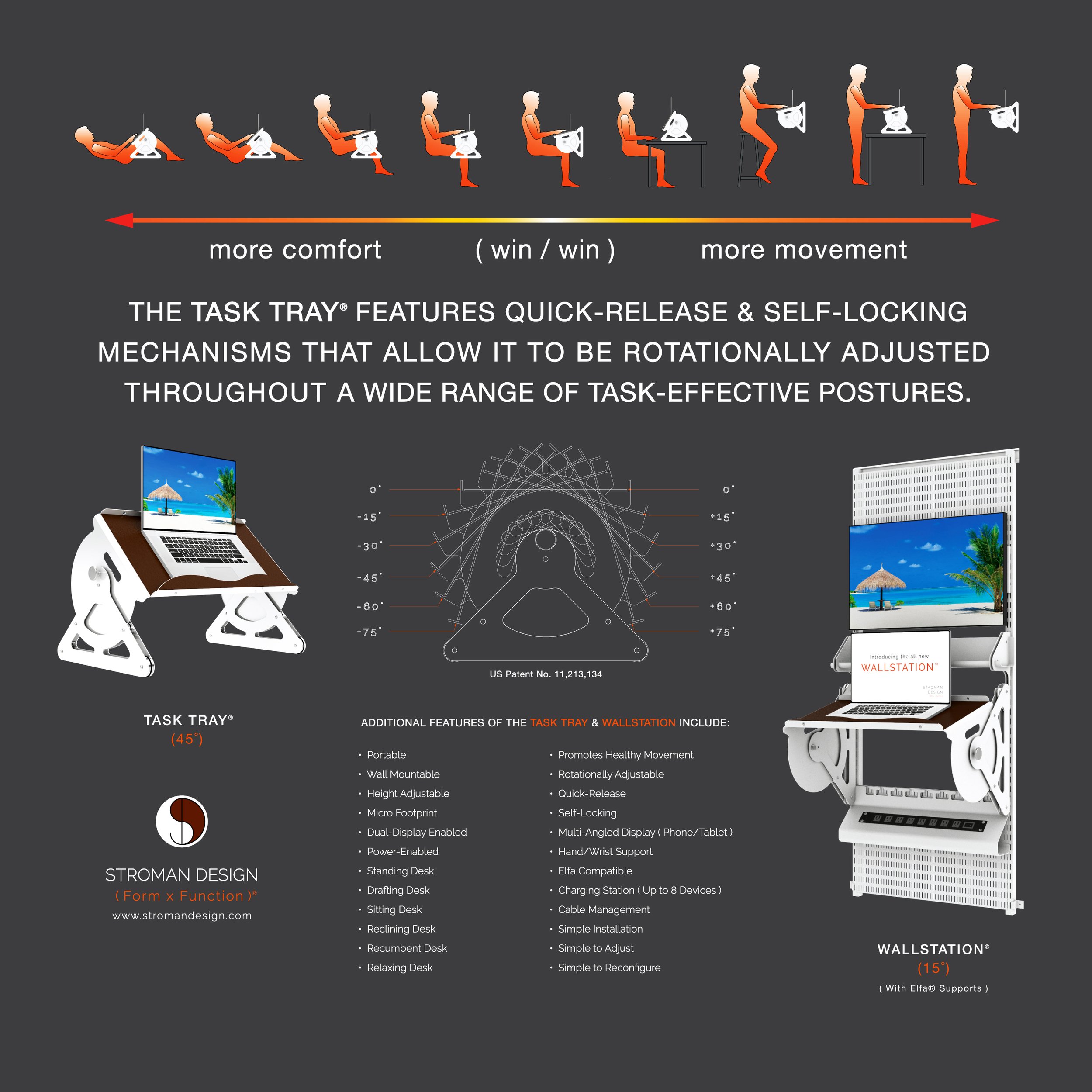
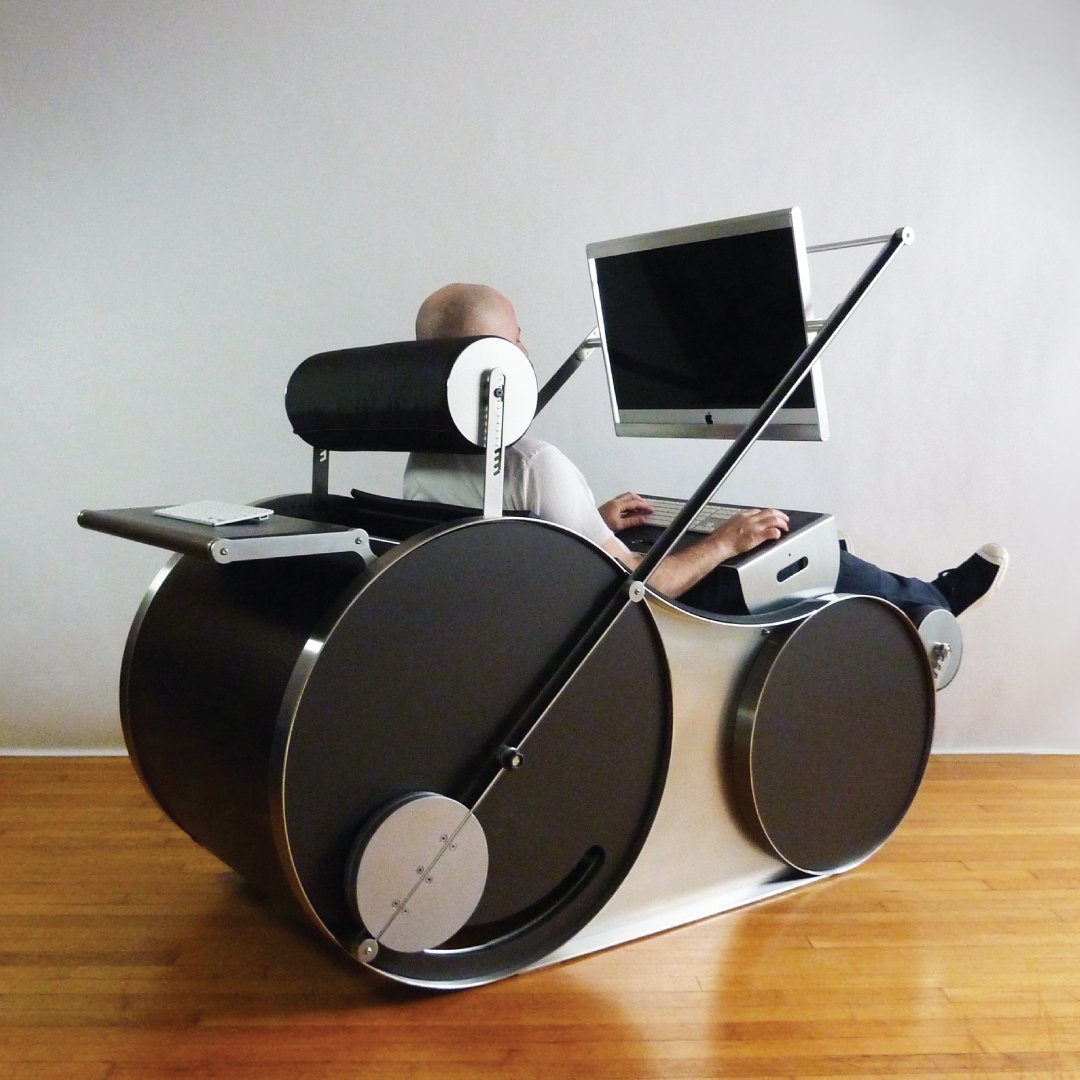


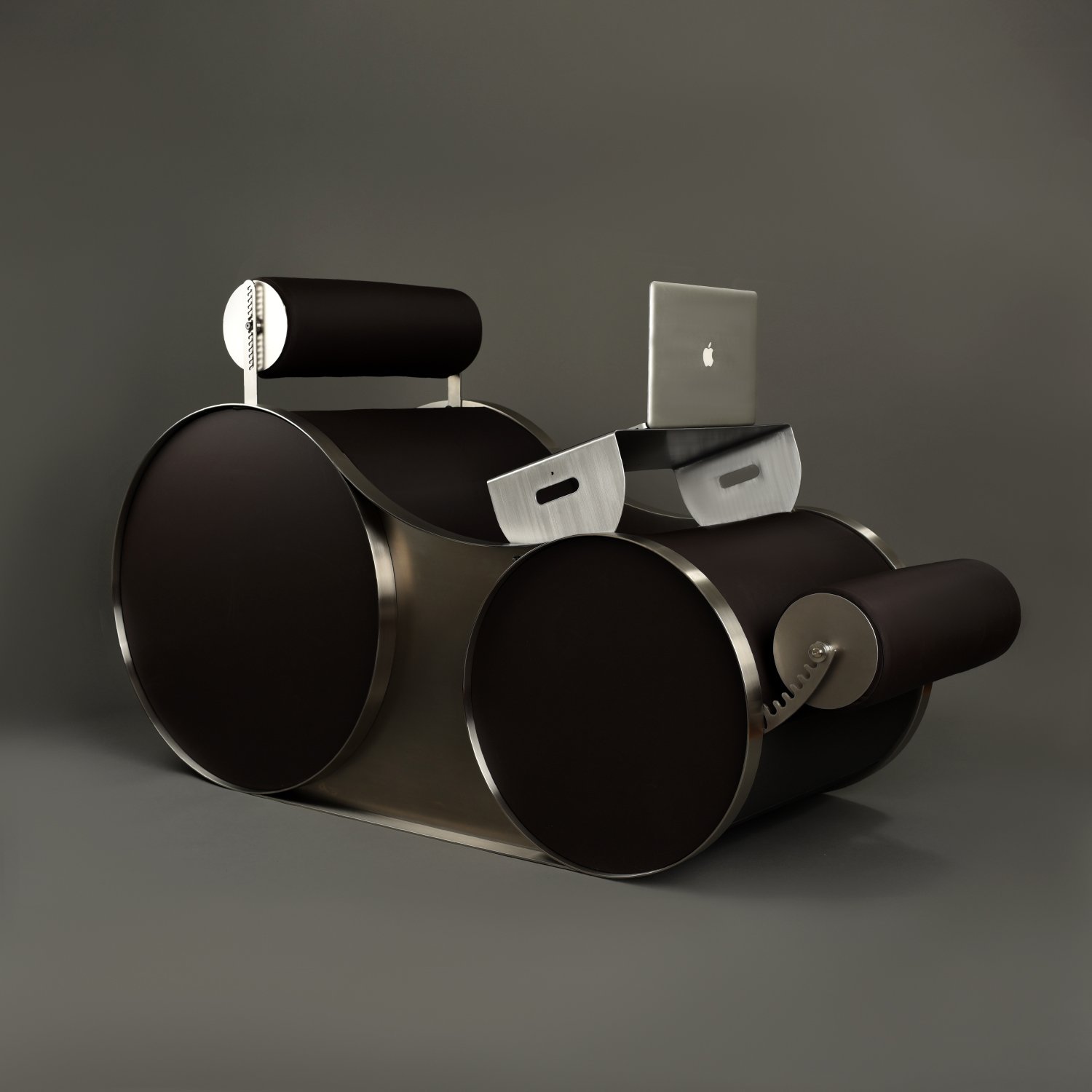



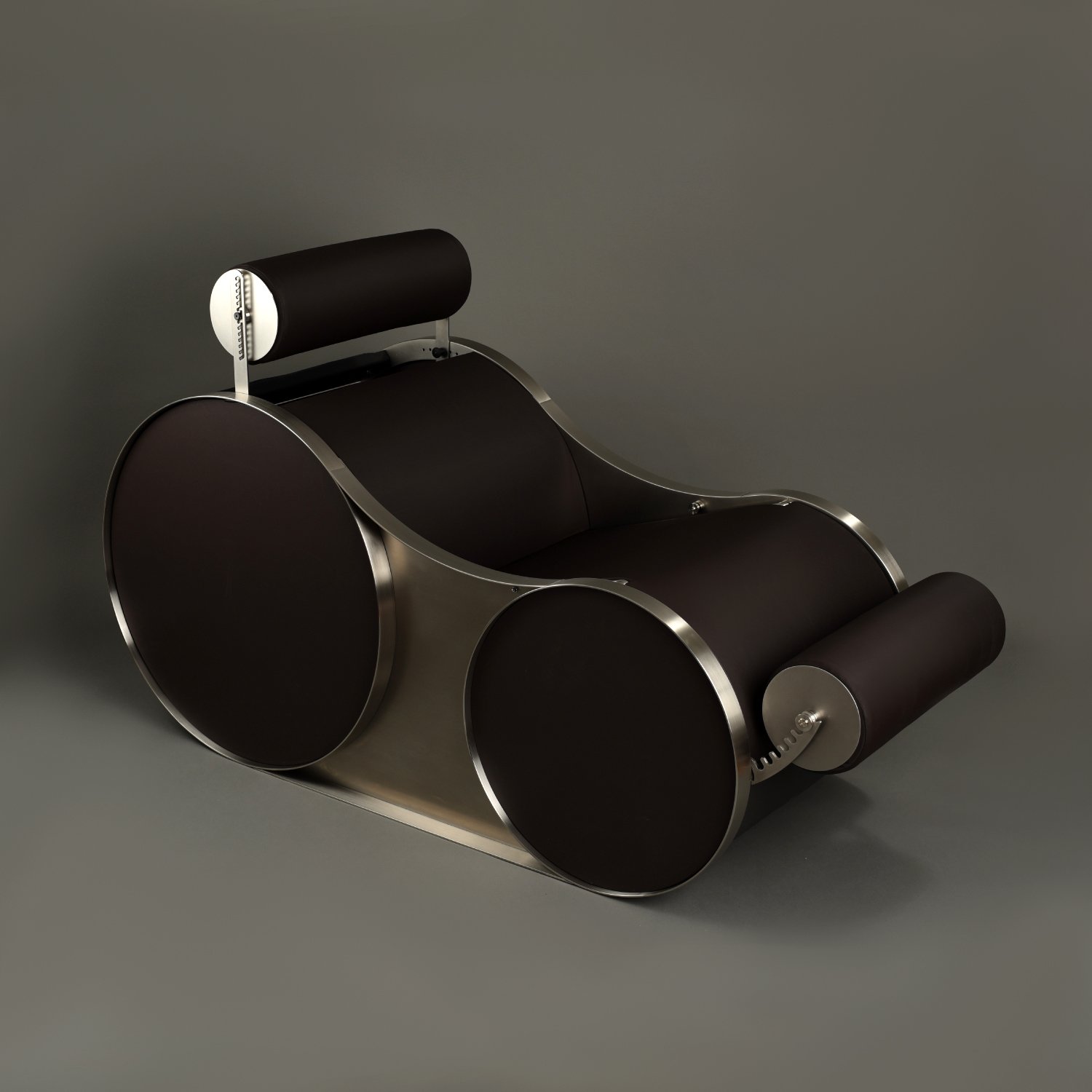

move it or lose it.
HOW INTEGRATING MOVEMENT
CAN IMPROVE BOTH YOUR HEALTH
AND YOUR PRODUCTIVITY :
Reduces Physical Strain: Sedentary postures or prolonged static positions can lead to musculoskeletal discomfort and strain. By integrating movement, good ergonomic design encourages users to shift positions, change postures, and engage different muscle groups, reducing the risk of repetitive stress injuries and promoting better overall physical health.
Enhances Circulation: Movement helps improve blood flow and circulation throughout the body. When users are encouraged to move, it prevents blood from pooling in certain areas and reduces the risk of conditions like deep vein thrombosis and edema.
Improves Flexibility and Range of Motion: Frequent movement supports joint flexibility and increases your range of motion. This is particularly beneficial for individuals who spend extended hours at their workstation, as it prevents stiffness and discomfort from developing..
Boosts Energy and Alertness: Being stationary for prolonged periods can lead to decreased energy levels and reduced mental alertness. Movement, on the other hand, stimulates both the body and mind, helping users stay more focused and productive throughout the day.
Supports Cognitive Function: Studies have shown that movement positively impacts cognitive function and mental acuity. Incorporating motion into ergonomic designs can enhance brain activity, memory retention, and problem-solving abilities.
Promotes Collaboration and Communication: Movement-friendly ergonomic environments can foster collaboration and communication among colleagues. Standing or walking meetings, for example, can lead to more dynamic discussions and increased engagement.
Reduces the Risk of Chronic Health Issues: By encouraging movement, ergonomic design can help combat the negative health effects associated with a sedentary lifestyle, such as obesity, heart disease, and diabetes.
Supports Postural Changes: Ergonomic designs that allow for movement often include adjustable features such as portable and height-adjustable desks, swivel chairs, and tilting monitors. These adaptations cater to various body types and promote proper posture, reducing the strain on the neck, back, and shoulders.
Increases Productivity and Creativity: Movement can stimulate creativity and inspire innovative thinking. Employees in dynamic environments tend to feel more energized and are more likely to come up with fresh ideas and solutions.
Enhances Overall Well-being: The combination of physical comfort, reduced strain, and increased engagement that comes with movement-oriented ergonomic design contributes to a better sense of well-being for users. Happier and healthier employees are likely to be more satisfied with their work environment and experience less absenteeism.
< press play >
Where, When, And How Do You Want To Work?


